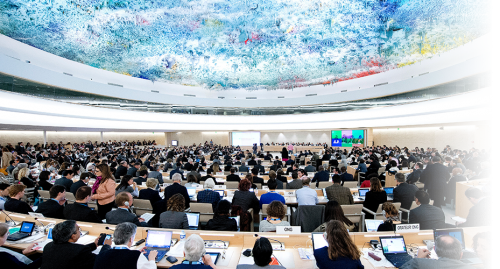“In May 2019, the United Nations Secretary-General introduced the U.N. Strategy and Plan of Action on Hate Speech, an influential campaign that poses serious risks to religious and political minorities because its definition of hate speech parallels elements common to blasphemy laws. U.N. human rights entities have denounced blasphemy laws because they are vague, broad, and prone to arbitrary enforcement, enabling the authorities to use them to attack religious minorities, political opponents, and people who have minority viewpoints. Likewise, the Strategy and Plan of Action’s definition of hate speech is ambiguous and relies entirely on subjective interpretation, opening the door to arbitrary and malicious accusations and prosecutions. The campaign gives cover to countries that want to continue their blasphemy laws—under the guise of banning hate speech—with the endorsement of the United Nations. Indeed, examples of enforcement of hate speech laws in Indonesia, Russia, North Macedonia, and Denmark reveal that countries use these laws, just as they use blasphemy laws, to punish the expression of minority viewpoints. This Article is the first to highlight the dangers posed to religious and political minorities by the U.N. Strategy and Plan of Action on Hate Speech, which will only become more influential within the United Nations and across U.N. Member States the longer it is left unchecked. This Article shows human rights advocates and Member States that support minority rights why they must immediately denounce and call for the revocation of the campaign.”

